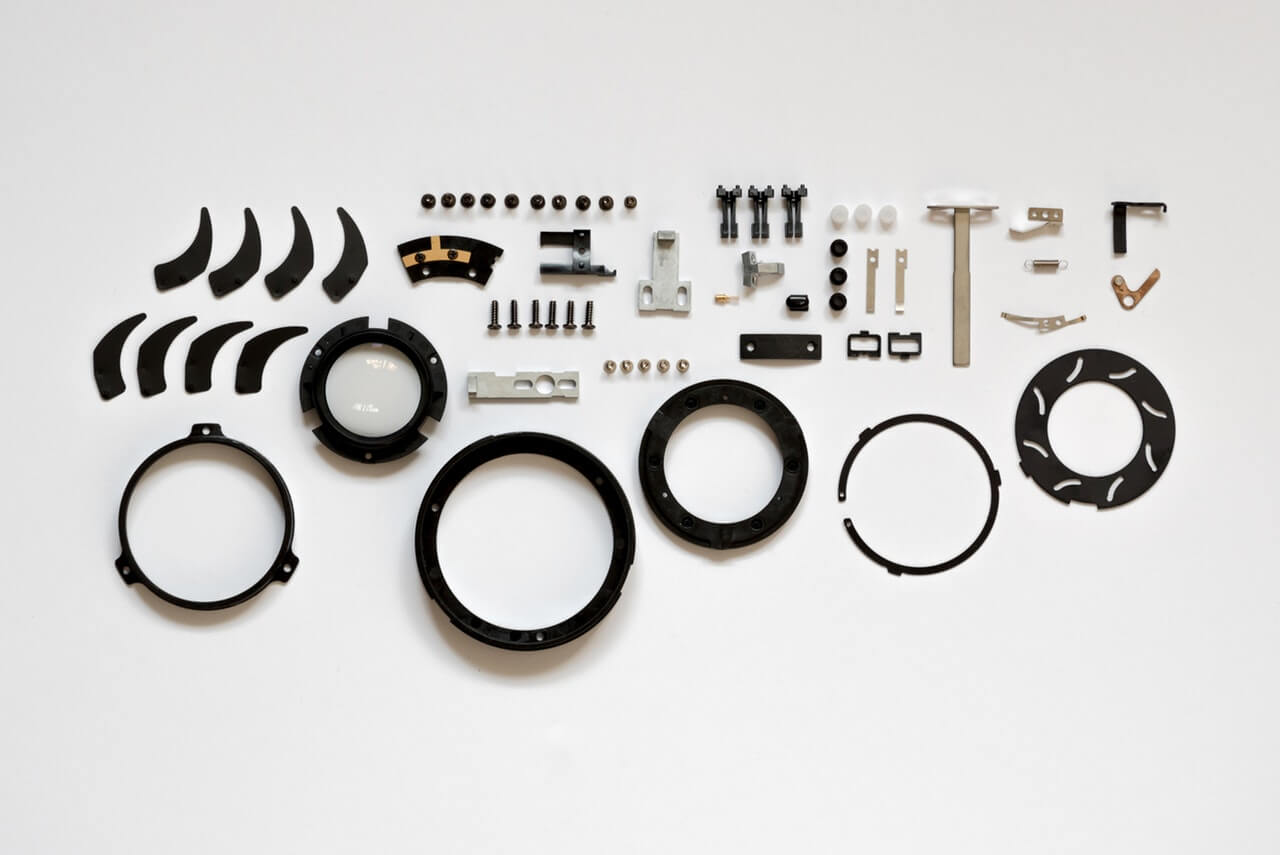 Plastic is a popular go-to material for many new products and inventions—however, there are many more material options to choose from based on your product design, product specifications, intended use and performance maximization. Over the years our team has developed various products, and their packaging, in a variety of industries using a wide range of materials.
Plastic is a popular go-to material for many new products and inventions—however, there are many more material options to choose from based on your product design, product specifications, intended use and performance maximization. Over the years our team has developed various products, and their packaging, in a variety of industries using a wide range of materials.
While the advancements of 3D printing and the popularity of product customization rely heavily on plastic—it is not the only option out there for your product. Below are a number of materials to consider when it comes to product design and your product’s intended use.
Material Options for Your Product
- Fiberglass: Selected for specific applications where products will be exposed to outdoor elements, larger than 4 cubic feet, and when low volume production is required.
- Metals (Aluminum, Stainless Steel, etc.): When requirements dictate that the product materials be metal, casting or CNC are required to produce the parts.
- Neoprene: Used for soft good products used in athletic and training equipment.
- Paper Pulp (recycled paper and cardboard): Used in packaging as well as an alternative for plastic to reduce negative footprint on the environment.
- Plastics (ABS, Nylon, Polycarbonate, HDPE/LDPE): Most commonly used plastics for consumer-based products.
- Plexiglass: Used as an alternative for glass and when applications require a lighter weight material.
- Rubber: Nitrile rubber for automotive and aerospace industries due to its versatility and strong resistance to chemicals, heat, and abrasion resistance.
- Silicone: Products made for food or medical industries. Needs to be Food Grade or FDA medical grade.
- Thermoplastics (HIPS): Selected for high volume consumer products where application is for single or multiple use.
- Urethane Resin: A good alternative for low volume production of parts when injection molding is not feasible.
Product Packaging
An area that is easy to overlook when you are deep in product development is packaging. In product packaging there have been strides in moving away from plastic in favor of sustainable materials and more resource-efficient designs.
Consumers have a growing interest in businesses and brands that focus on sustainability.
“21% of consumers surveyed by Unilever said they would actively choose brands if they made their sustainability credentials clearer on their packaging.” (Sufio)
The following are some of the packaging materials that are biodegradable and recyclable.
- Biodegradable Plastic: When exposed to sunlight, the biodegradable plastic decomposes. It is also used to make envelopes that are usually used for bulk mailing. Biodegradable plastic is a viable and practical alternative to traditional plastics.
- Bubble Wrap: Bubble wrap made out of recycled polyethylene is fully degradable. They help to keep your product safe.
- Cardboard and Paper: They are biodegradable, recyclable, and reusable. Paperboards are lightweight, yet strong. They can be used to pack products ranging from medicines to frozen food to cosmetics. A pizza box constructed out of corrugated boards helps to retain the heat and freshness of the pizza for a short time.
- Corn Starch: Corn starch-made items are biodegradable. They are ideal for all types of food packaging. The package can be sent via post as well. Packages made out of corn starch have limited or no negative impact on the environment.
*The above list of packaging materials is from “6 Eco-friendly, Sustainable Packaging Ideas for your Products”
Our team has experience working with a large variety of materials for both your product design and packaging. When it comes to developing a product, tailoring every aspect to both your product and business’ goals is our main focus.
Have additional questions for our product development team? Please send us an email at info@3d-innovations.com
______
3D Innovations is a Product Development Company – from the 3D Design to a fully functional 3D Prototype & Product.
Subscribe to the 3D Innovations newsletter on our Facebook page!

